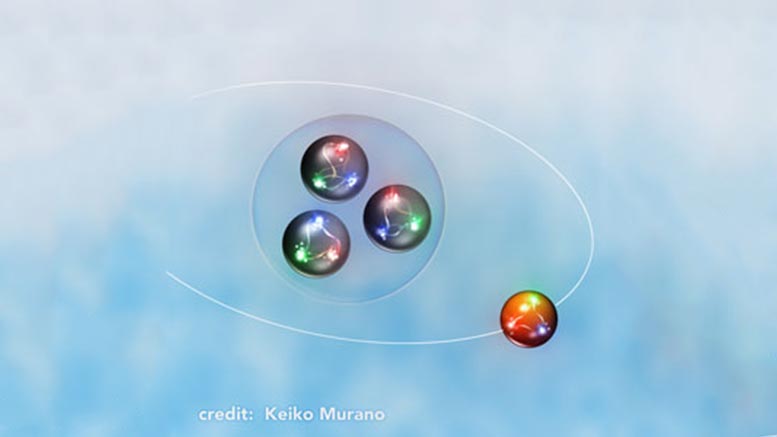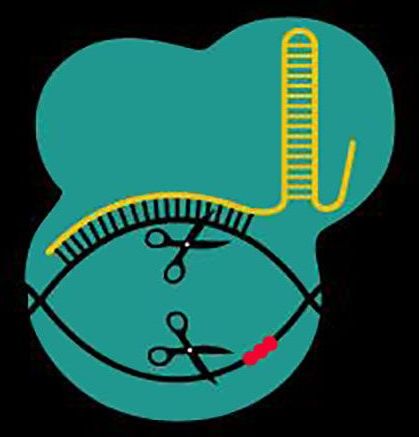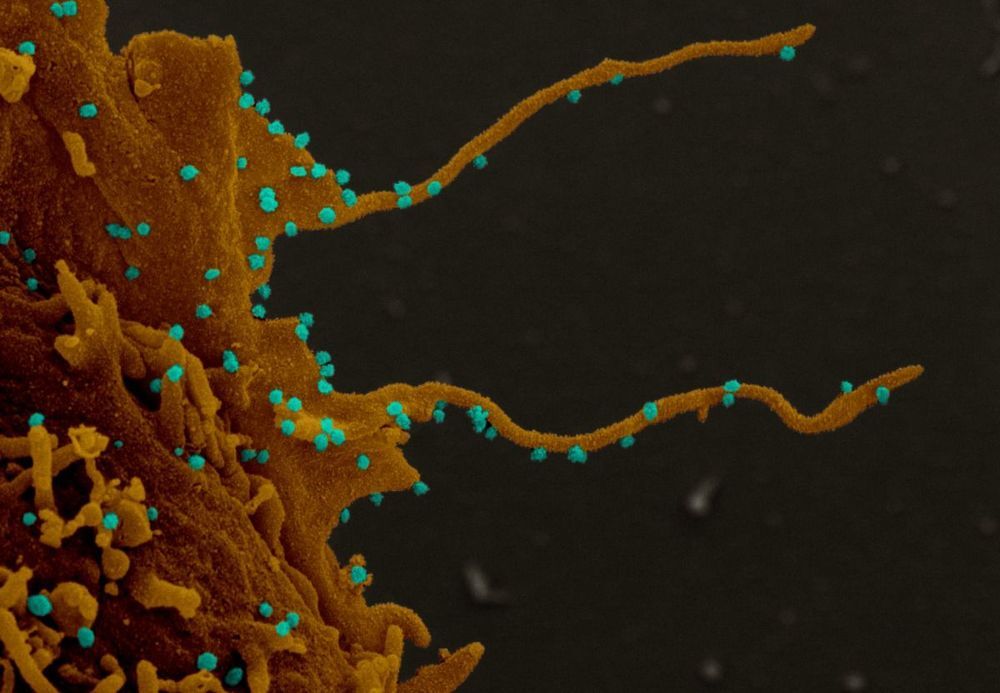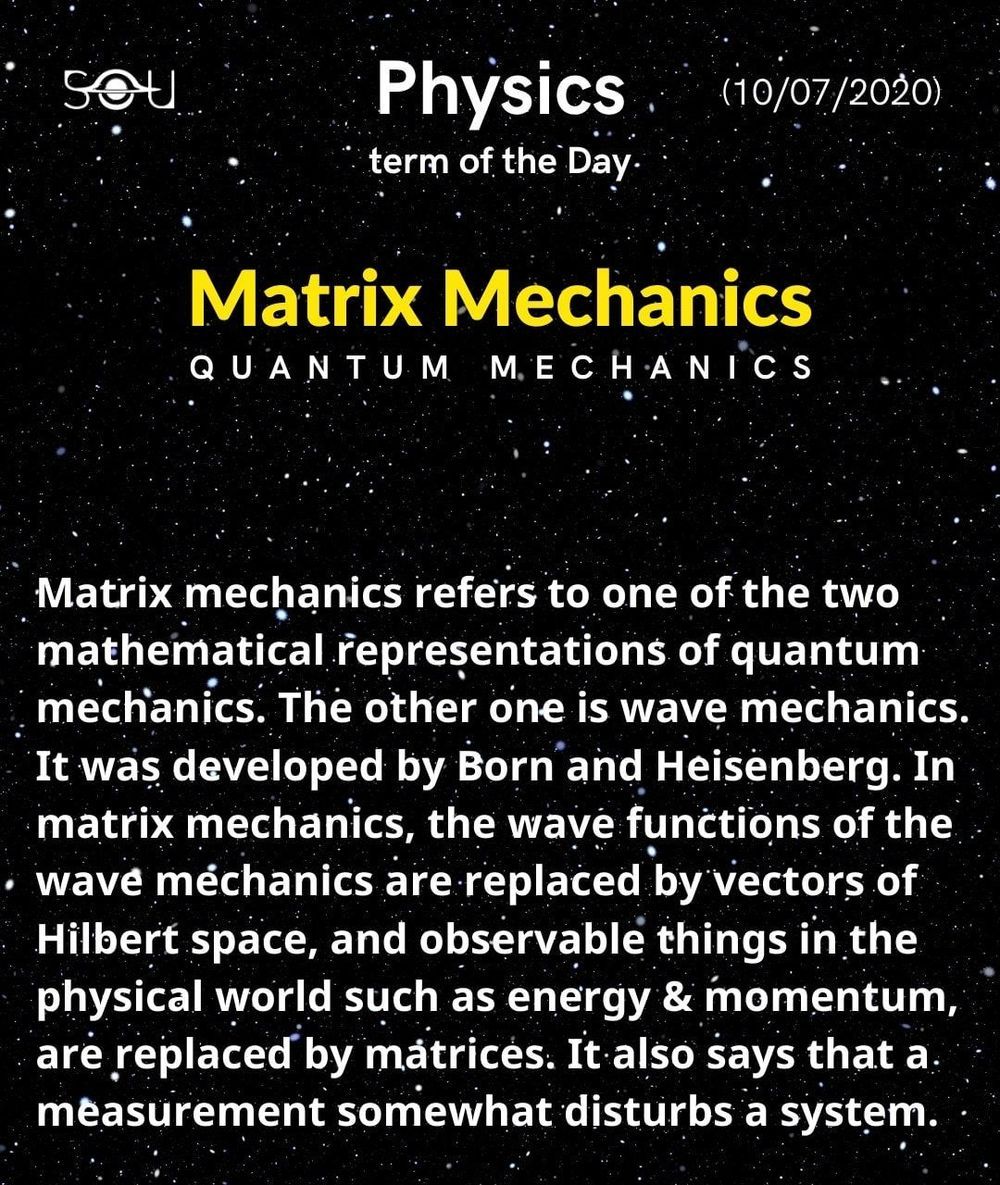Jul 12, 2020
Hundreds of Marine Recruits Have Now Tested Positive for COVID-19 at Boot Camp
Posted by Quinn Sena in categories: biotech/medical, education
The Marine Corps has seen hundreds of new recruits at boot camp test positive for the illness caused by the novel coronavirus, but their symptoms have been so mild that it hasn’t disrupted training, a two-star general said this week.
Fewer than 2% of the Marine recruits who’ve reported to boot camp since the start of the pandemic have tested positive for COVID-19, Maj. Gen. Bill Mullen, head of Training and Education Command, said Tuesday.
Read Next: Here’s How the Navy’s New PRT Plank Event Will Be Scored.


















